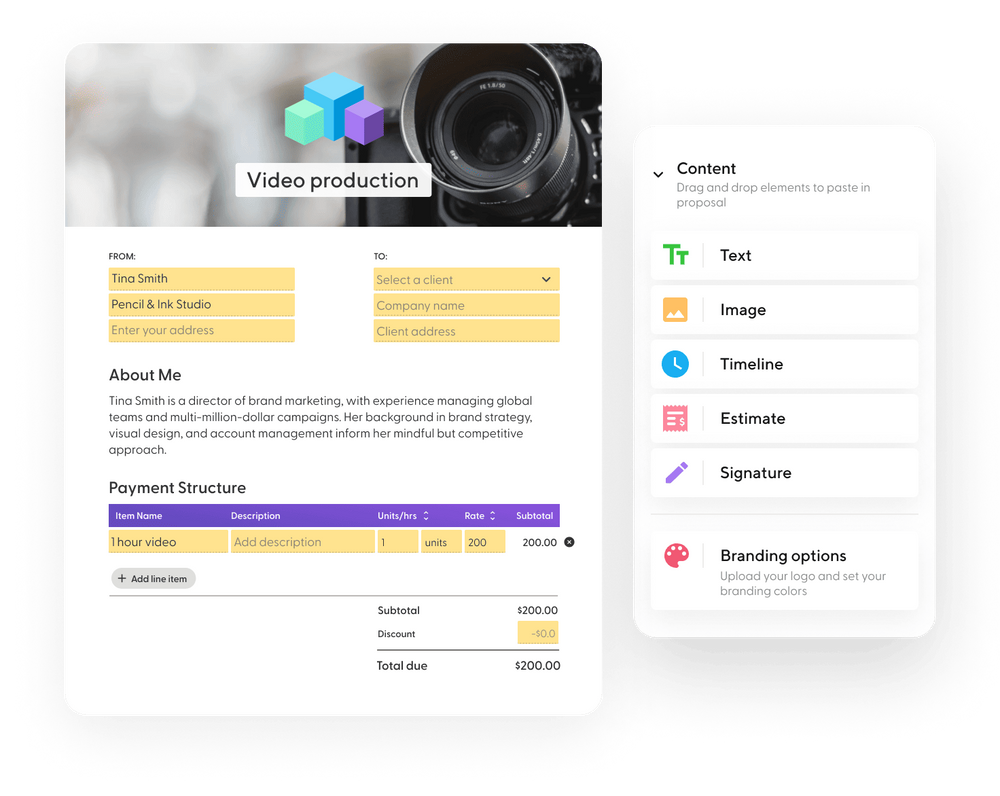Business cards have been a staple for business people for more than 500 years. No matter how the market changes, business cards always find a way to survive.
Statistics show that more than 10 billion business cards are printed each year. And that's huge. If you are a professional, you probably already have a business card to promote your products or services.
But did you know that business cards also have a long history? In fact, business cards date back to the 15th century and played a huge role in the development of modern business. Today, business owners from all over the world look to business card inspiration to help them stand out from the competition and showcase their brand.
In this article, we will take a look at the history behind business cards and examine how it has influenced the present of this advertising element. By the end of this reading, you will also know why business cards will continue to play an important role in the future.
Business Cards: The Past
In this section, we will explore the appearance of business cards in modern history and explain why this ''3.5" x 2" piece of paper has been so successful over the past few centuries. Let us get right into it.
How it All Started
To talk about the beginnings of business cards, we need to travel back to the 15th century, more precisely to the country of China. Keep in mind that business cards did not always have the same name. In China, for example, these cards were first called "Meishi".
Meishi were small visiting cards that Chinese aristocrats used for self-promotion. In short, this was a calling card that people used to announce their intention to visit someone.
Although this wasn't exactly the same as today's business cards, the ultimate goal was similar: Meishi cards were used to promote yourself (and your wealth) and distinguish yourself from others.
The design was usually elegant and the cards were handwritten or printed by letterpress or woodblock. A few years later Gutenberg invented the printing press.
This German goldsmith had just made one of the most important inventions of all time, which also enabled the mass production of business cards.
Business Cards During the 18th and 19th Century: The Evolution
Over the next three centuries and until the mid-19th century, visiting cards spread throughout the world. Wealthy European families used them to flaunt their social and political power.
The first noticeable change occurred in 1854, when Andrew Adolph Eugene Disdery designed the first-ever business cards with pictures. Towards the end of the 19th century, other cards, called trade cards, gradually became very popular.
This is the first time that companies and merchants used printed cards to advertise products and services. The shape of these trade cards was very similar to today's business cards.
A top-notch trade card always included:
- The business or merchant name
- An image of the product
- One or two slogans
It becomes clear that the invention of modern business cards was just around the corner.
20th Century: The Outbreak
All people had to do was combine the idea behind trading and visiting cards. At the beginning of the 20th century a new type of printed cards was invented, the business cards.
The goal was to promote a company's products or services while giving more information about the brand and why it should be trusted.
Business cards also helped startups make contacts and attract new customers. And that was a great achievement, especially in the beginning of the 20th century.
Business Cards: The Present
This rich history led to modern business cards. Millions of startups and enormous companies use business cards for self-promotion, and the number continues to grow. Contrary to what many believed, the advent of a new digital world did not mean the end of business cards.
But it has definitely made it easier for businesses to create and distribute this promotional tool. Let's find out why!
21st Century: The Digital World
In the last 20 years, there has been a real outburst when it comes to remote work and Internet-related jobs. But what does this mean for business cards?
These days, it's much easier to create a business card with a free business card maker, and you don't need a professional to showcase your brand or create a business card.
Of course, freelance graphic designers are also a reliable choice when it comes to creating comprehensive promotional strategies and elements such as business cards, logos, flyers, and so on.
That said, even though most business people promote their brand through social media platforms like LinkedIn or Instagram, business cards are still the easiest way to exchange contact details and physically advertise your business.
For example, let us say you are attending a conference or business-related event and want to make new contacts for your company. Having business cards with you is much more efficient (and professional) than simply showing off your LinkedIn account.
So when it comes to presenting your company's identity in person, there's nothing better than business cards.
The Form of Business Cards Today
Today, a comprehensive and professional business card contains the following valuable information:
- The brand’s logo: The logo is one of the most important branding elements for a business as it showcases what the company does and indicates its identity
- The company name: The company name should be a prominent element on a business card.
- A tagline: This is a small (5-6 words) summary of branding services.
- The name and job title: Every person of a brand should have a separate business card that mentions their name and position.
- The brand’s website and social media accounts: Although most business cards include only the website of the brand, including the logos of the social media platforms that the business is using is also a smart tactic.
- Other contact details: Valuable details like an email, a phone number and the professional address.
The Main Business Card Trends Today
Nowadays, there are plenty of trends that distinguish business cards from others. For example, there are companies that opt for elegant and minimalist business cards and others that prefer colorful and playful cards.
It all has to do with the identity of the brand, the products or services it promotes, but also the character and preferences of the owner(s).
Nonetheless, the goal of the company is the same as that of the 15th century Chinese aristocrat: To impress people, provide valuable information, and stand out from the competition.
The most popular trends in business cards today are:
- Autograph business cards
- Monochrome business cards
- Minimalist, linear business cards
- Etched business cards
- Business cards with colored edges
- Business cards with textured materials
- Hand-drawn business cards
- Business cards with natural patterns
- Irregular-shaped business cards
- Business cards with brush strokes
- Business cards with colored edges
- Interactive business cards
- Business cards with QR Codes
Business Cards: The Future
With the appearance of digital marketing, the shape and style of business cards are constantly changing. More and more companies, for example, are integrating QR codes to connect business cards with technology and make this promotional tool more interactive.
Let us see what the future holds for this "portable advertisements".
The Business Cards Trends for the Future
In the future, business cards will continue to keep up with market changes and adapt to modern needs. Due to the recent pandemic, companies are trying to improve the interaction with their customers and create a more personalised experience for them.
And business cards are no exception. So, the business card trends of the future will move in this direction. Let us take a look at some of the new shapes and styles for business cards:
- Personal experience business cards: Business cards will gradually become more chatty and stop being so strict. This is why more and more brands will create cards that augment interaction and speak for the business.
- Anti-cards: This type of business card is about to become one of the most popular on the market. Anti-cards are creative and usually created with a tone of irony.
- Die cut business cards: This will be a very popular type of card for businesses that have geometric, minimalist logos. The idea is simple, all you have to do is create a die-cut for the brand logo or other branding elements.
- Glowing in the dark business cards: If you own a fun and playful brand, prepare to use this type of business cards in the next few years. Quirky designs are becoming more and more popular.
- Big and Bold typefaces: Fonts are really important for business cards and designers use them to communicate and tell the story of the brand. On that account, big and bold typefaces will be the most popular for the next few years as they catch the viewer’s attention.
- Eco-friendly business cards: Considering that more than 88% of all business cards are thrown out every year, being eco-friendly is more of a necessity. Thankfully, using plantable business cards is already very popular.
- Business cards with gradients: Vibrant gradients are a great way to make your business card stand out and this type of card will be very popular during the next few years.
Of course, the list can go on forever. Don’t forget that the modern market is constantly changing and business cards will always adapt to the existing needs and trends.
Bottom Line
It is clear that business cards have played, are playing, and will continue to play an important role in business promotion. Since the 15th century, this pocket-sized advertising tool has been used for self-promotion, helping individuals and brands stand out from the competition. While we can not be sure what the future holds for business cards, we are certain that they will continue to be a powerful tool for brands.
So choosing the right business card design is critical to achieving your goals and will continue to be so in the years to come.



